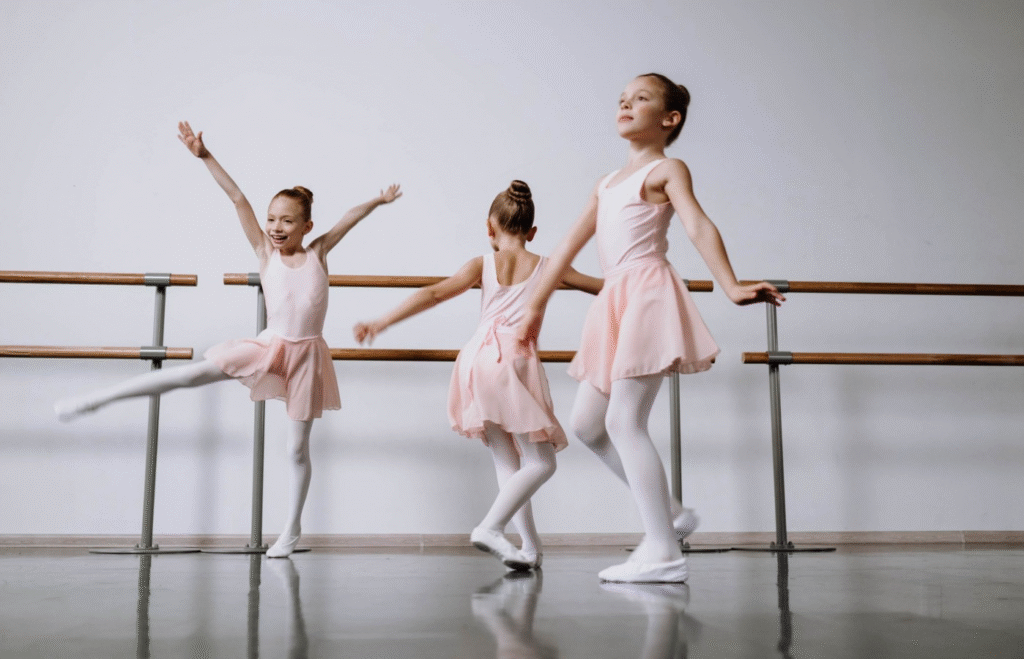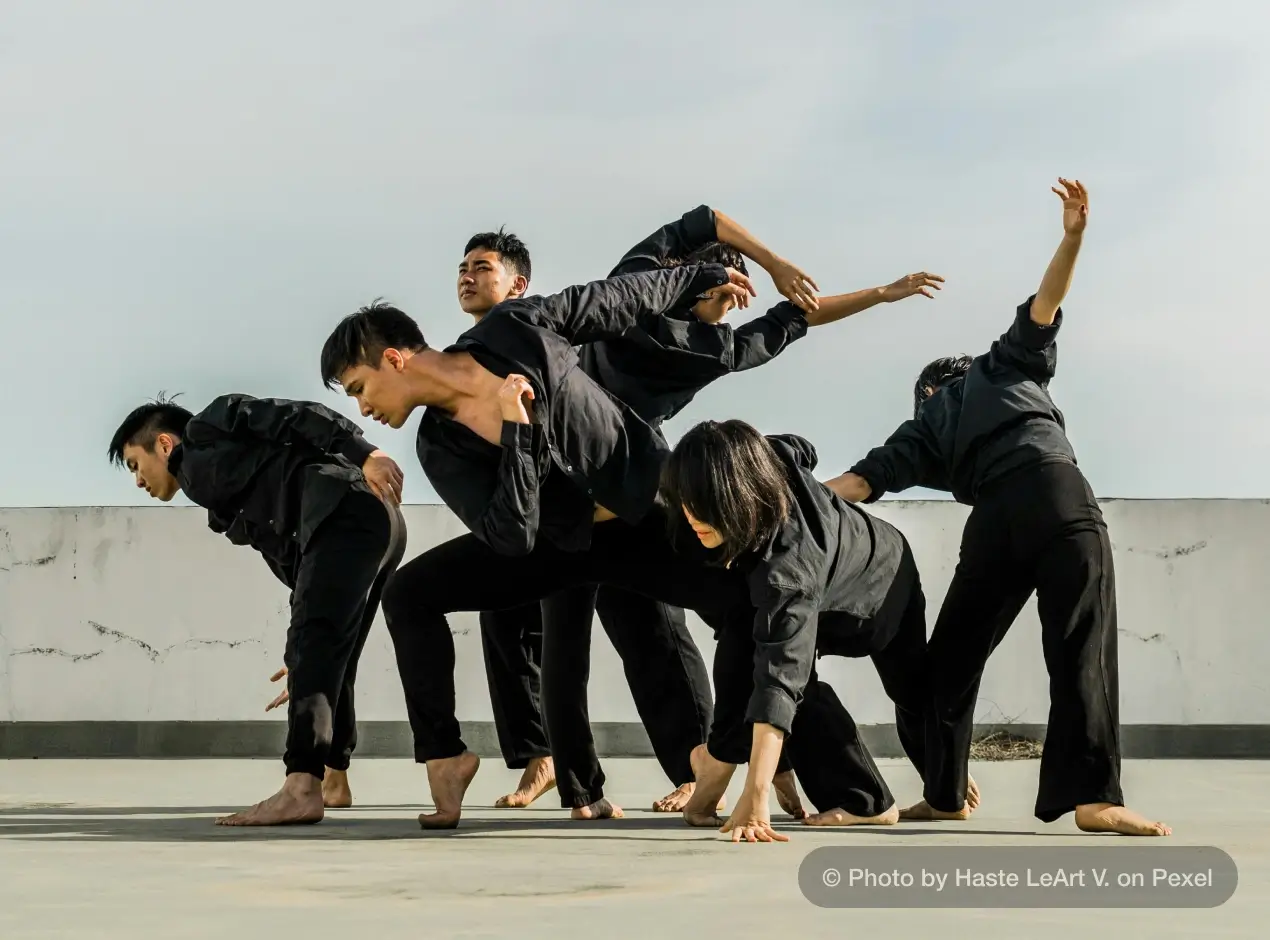Introduction
Dance is more than just movement — it’s a form of self-expression, a way to connect with music, and a fun way to stay active. Whether you’re drawn to the elegance of ballet, the energy of hip-hop, or the cultural depth of salsa, learning a dance style can improve your fitness, coordination, and confidence.
But if you’ve never danced before, the idea of stepping onto the dance floor can feel overwhelming. The good news? With the right step-by-step approach, anyone can learn and master different dance styles — no natural talent required.
This guide will walk you through how to choose, learn, and progress in dance styles, while avoiding common mistakes and staying motivated.
1. Understand the Benefits of Learning Dance
Before you start, it’s important to know why dance is worth your time:
- Physical Benefits: Improves flexibility, balance, endurance, and coordination.
- Mental Benefits: Boosts memory, concentration, and stress relief.
- Social Benefits: Provides opportunities to meet new people and join dance communities.
- Creative Benefits: Encourages self-expression through movement.
2. Choosing the Right Dance Style for You

There are countless dance styles, each with unique characteristics. Your first step is to pick one that excites you.
Popular Dance Styles to Consider
- Ballet – Graceful, disciplined, focuses on technique.
- Hip-Hop – Energetic, street-style movements with freestyle elements.
- Salsa – Latin-inspired partner dance with rhythmic footwork.
- Contemporary – Expressive, blends ballet and modern dance.
- Jazz – Sharp, dynamic movements often seen in musicals.
- Tap – Rhythmic footwork creating percussive sounds.
- Ballroom – Partner dances like waltz, tango, and foxtrot.
Tip: Watch videos or attend trial classes to see which style resonates with you.
3. Setting Realistic Dance Goals
Your goals will determine how you train and progress. Examples include:
- Learning basic moves for social dancing.
- Mastering a routine for a performance.
- Improving fitness through dance-based workouts.
- Pursuing dance as a professional career.
SMART Goal Example:
“I want to learn the basic salsa steps and perform confidently at a social dance event within three months.”
4. Step-by-Step Process for Learning a Dance Style
Step 1: Start with the Basics
Before complex moves, you need a strong foundation.
- Learn posture, balance, and basic steps.
- Understand rhythm and timing for your chosen style.
- Focus on slow, controlled movements.
Step 2: Take Professional Classes
While online tutorials help, in-person or live-streamed classes give you:
- Direct feedback from instructors.
- Structured learning progressions.
- Opportunities to practice with others.
Step 3: Break Down Moves into Small Parts
Complex sequences can be intimidating.
Example: In salsa, learn the basic forward-backward step before adding spins or partner turns.
Step 4: Practice Regularly
Consistency is key.
- Schedule 15–30 minutes of practice 4–5 days a week.
- Alternate between learning new steps and reviewing old ones.
- Practice with and without music to build muscle memory.
Step 5: Learn to Count Music
Most dance styles follow specific counts, like 8-counts in hip-hop or 3/4 time in waltz. Counting helps you stay on beat and sync with your partner or group.
Step 6: Build Core and Flexibility
Dancers need strong cores for balance and flexibility for fluid movement.
- Include stretches, yoga, or Pilates in your routine.
- Strengthen muscles with bodyweight exercises like planks and squats.
Step 7: Record and Review Your Practice
Filming yourself helps you:
- Spot posture or timing mistakes.
- Track your improvement over time.
- Gain confidence before performing in front of others.
Step 8: Perform in Low-Pressure Settings
Join practice sessions, casual dance meet-ups, or small community events. Performing regularly helps overcome stage fright and improves your ability to adapt in real time.
5. Adapting to Different Dance Styles
If you want to learn multiple styles:
- Start with one style to build a foundation.
- Once confident, cross-train to gain versatility.
- Recognize that some skills transfer — for example, ballet improves balance for ballroom, while hip-hop enhances rhythm for jazz.
6. Overcoming Common Beginner Challenges
Challenge 1: “I have two left feet.”
Solution: Focus on slow repetition until movements feel natural.
Challenge 2: “I can’t remember routines.”
Solution: Break routines into sections, repeat each section, then connect them.
Challenge 3: “I’m too shy to dance in public.”
Solution: Practice in small groups or private lessons before moving to public events.
7. Tips for Faster Dance Progress
- Warm up before every session to prevent injury.
- Mix solo and partner practice if your style requires it.
- Watch professional dancers to understand style nuances.
- Listen to the music genre associated with your style daily.
- Ask for feedback from instructors or experienced dancers.
8. Sample Dance Learning Plan for Beginners
- Week 1–2: Learn basic posture, steps, and rhythm.
- 3–4: Add simple combinations and improve timing.
Week 5–6: Introduce turns, spins, and stylistic elements.
Week 7–8: Practice full routines with music and small audiences.
9. The Role of Community in Learning Dance
Joining a dance community can:
- Keep you motivated.
- Expose you to different skill levels.
- Provide networking for performance opportunities.
- Make learning more enjoyable.
Look for:
- Local dance studios.
- Social dance events.
- Online dance forums and groups.
10. Maintaining Long-Term Dance Growth
Once you’ve mastered the basics:
- Continue taking advanced classes.
- Explore choreography creation.
- Participate in competitions or showcases.
- Learn complementary dance styles for versatility.
Conclusion
Learning a dance style is a rewarding journey that combines physical skill, musicality, and self-expression. By choosing the right style, setting realistic goals, practicing consistently, and engaging with the dance community, you’ll not only improve your skills but also discover a lifelong passion.
Whether you’re stepping into a ballroom, a hip-hop studio, or a salsa club, remember — every expert dancer started with a single step. Stay patient, keep moving, and enjoy the rhythm.
